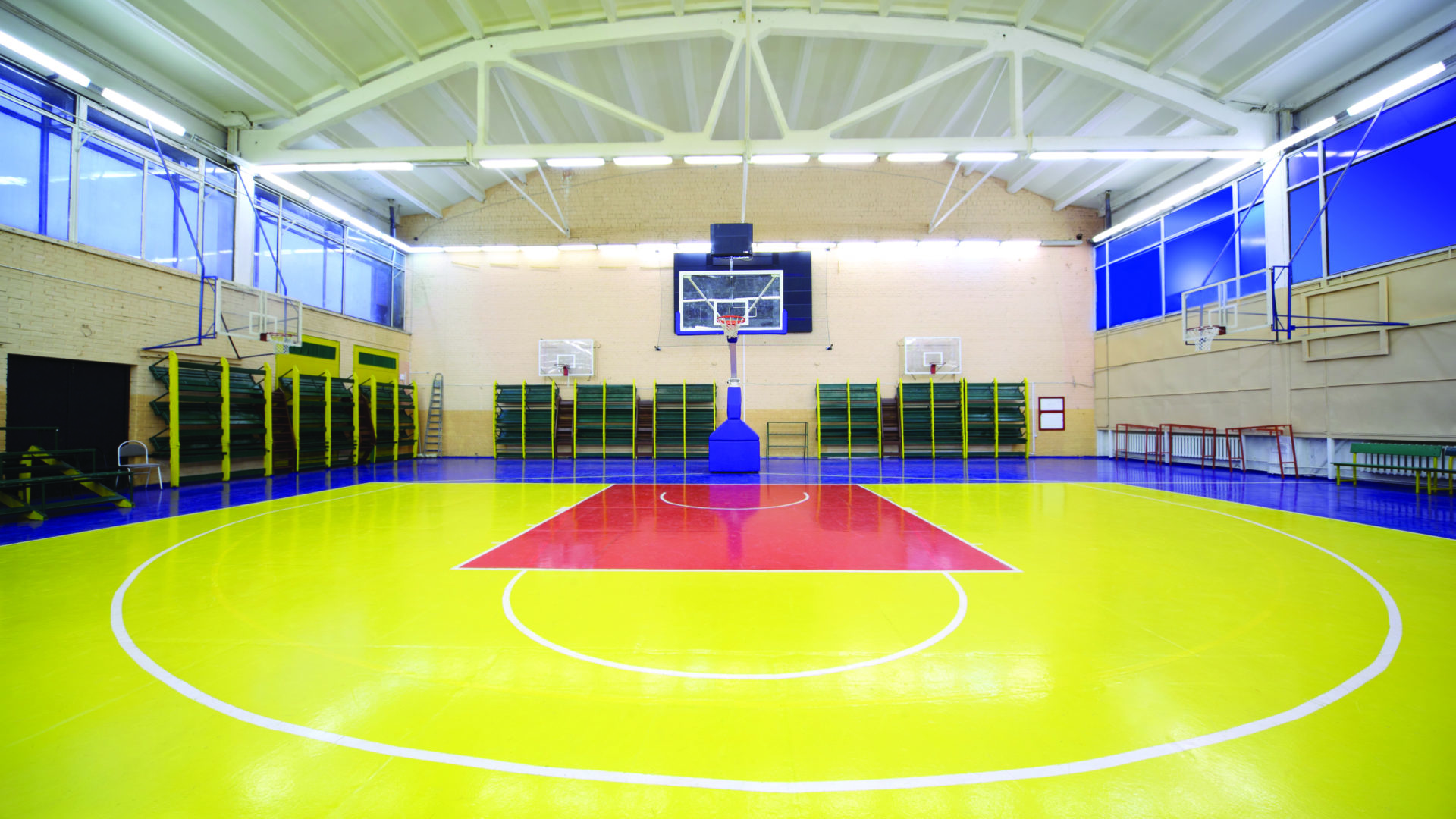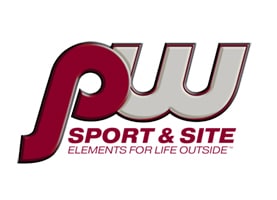1. Don’t forget about acoustics.
The right floor can help minimize sound so that it doesn’t travel to other areas. Bouncing balls or running feet should not be heard all along the hallway. Check the number of decibels the floor can absorb. If you choose the wrong flooring, you could be dealing with an acoustical challenge. The longer it takes for sound to be absorbed, the more difficult it is for those in the room to hear and understand spoken words or music.
Ten Guidelines for the Right Multi-Purpose Floor
November 2006
2. Think about your uses and prioritize them.
Make a list of the uses you wish for your facility, such as basketball, volleyball, indoor soccer, meetings, assemblies, banquets, etc. Today, most groups adding sports need that court to be more than just a sports hall. Listing what events you intend to use the space for will make it easier to make a flooring selection. Nearly all fellowship halls are intended for many events, along with sports play.
Then, make a timeline. For example, five days will be used for sports play, including basketball, volleyball, and the like, along with aerobics/fitness. Next, project your expectations. Such as, your expectation might be for three nights to host meetings or assemblies, as well as the possible rental for parties/reunions/celebrations.
How to Select a Sports Floor
June 2008
3. Go green.
More and more customers are asking what options that they have for “green” flooring products, and, obviously, the need has arisen for a more proactive approach to our environment.
With more information about harsh and harmful additives, by-products, and hazardous components present in various building materials and the impact that these substances have on Mother Earth and our health, “green” products are in very high demand these days.
Not only is health consciousness an issue, but also the sustainability of the forests worldwide. We are all aware of the greenhouse effect warnings that appear in the news almost daily, so taking a few extra steps to do what we can every day to ensure that our planet and our buildings are safe places becomes not only a prudent choice, but a social obligation.
What Is Green Flooring?
September 2008
4. Ensure safety.
Proper shock absorption should be considered highly important. As an athlete impacts a sports surface, the impacting force is translated into two resultant forces: one absorbed by the floor and the other returned to the athlete.
While hard surfaces such as concrete and asphalt provide little or no force reduction for the athlete upon impact due to running or jumping, a safe sports floor system should absorb a certain amount of these forces and are rated by the percentage of force reduction they provide as compared to hard surfaces.
Ensuring the Safety of Your Gym Floor
November 2009
5. Take a field trip.
Contact manufacturers and ask to see installations of similar settings. It is recommended to view at least two installations that are three to five years old so that you can see how it will perform over time.
Building committees are not specialists in multipurpose flooring, so they feel far more confident in selecting products that perform well in similar projects. Don’t make the mistake of selecting flooring based on a 2-inch sample. Go see it in action! Select products with a history of success used in multipurpose areas.
How to Select a Multipurpose Floor
June 2010
6. Follow standards.
ASTM F2772 standard helps determine which floors are acceptable for sports activity and which are not. It can also help evaluate the performance properties of sports flooring to determine which is best suited for your application.
ASTM F2772 measures four key factors: force reduction, surface finish effect (also called “friction”), ball rebound, and vertical deformation. Each parameter provides valuable information regarding the safety and suitability of a floor for sports activities. ASTM F2772 can be applied to area elastic flooring (hardwood), point elastic flooring (vinyl and other synthetic systems), and combi-elastic (systems combining area elastic and point elastic construction).
By using this standard and carefully considering your new floor, you can rest assured that your sports and recreation ministry has the foundation it needs. Afterwards, you can move on to more important matters, like serving your community of faith and growing your ministry.
Flooring for Sports and Recreation Ministries
June 2012
7. Consider modular.
From an athletic perspective, modular floors are one of the safest choices you can make for your facility. The modules are designed to have some “give” to them, which provides protection from slip/fall injuries.
Modular floors are designed to have the same grip as hardwood floors – enough to provide good play, but not so much as to unnaturally grab the athletes’ feet while playing. These floors also provide a much better level of impact protection than concrete, VCT or carpeted floors.
With the focus in our society on the long-term effects of concussions, modular flooring with shock suspension provides outstanding safety and an affordable price.
Some of the better modular flooring systems have an optional high-performance suspension system integrated into the base of the modules. These provide great comfort and the best performance available, while allowing the flooring system to “breathe.”
There have been major developments in both the look and size of the flooring modules. Producing a flooring system that looks and performs like a true maple hardwood floor has been the holy grail of the modular flooring industry.
An Investment in Modular Flooring
September 2016














